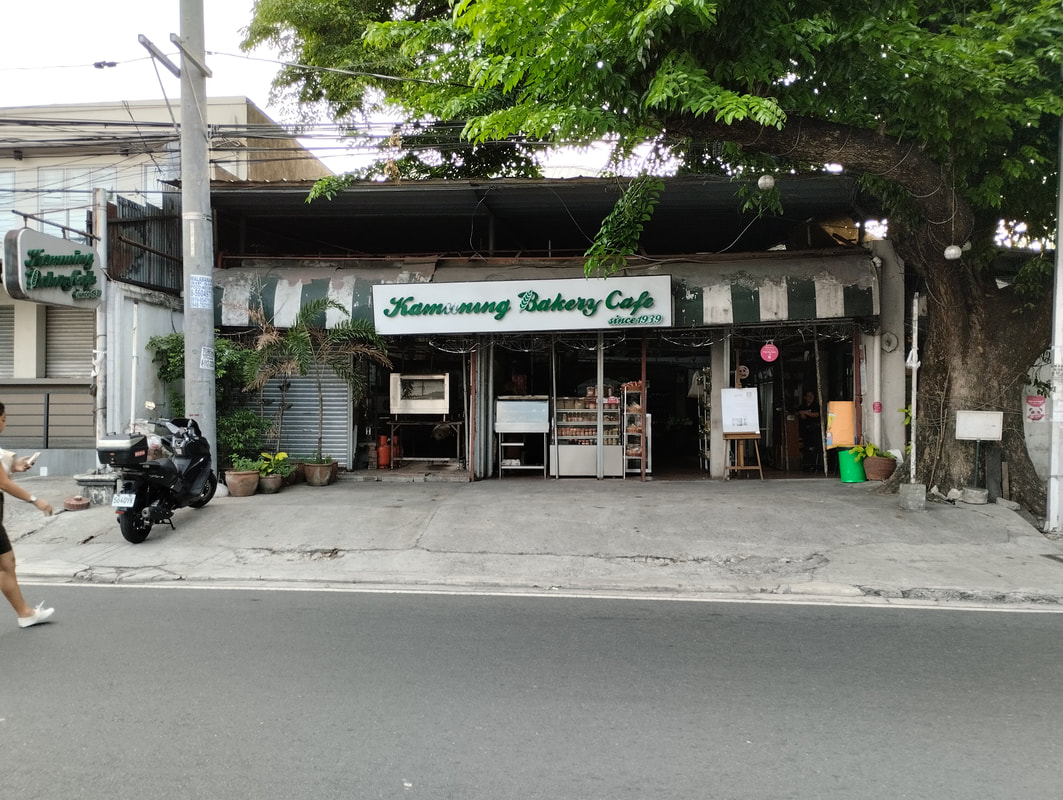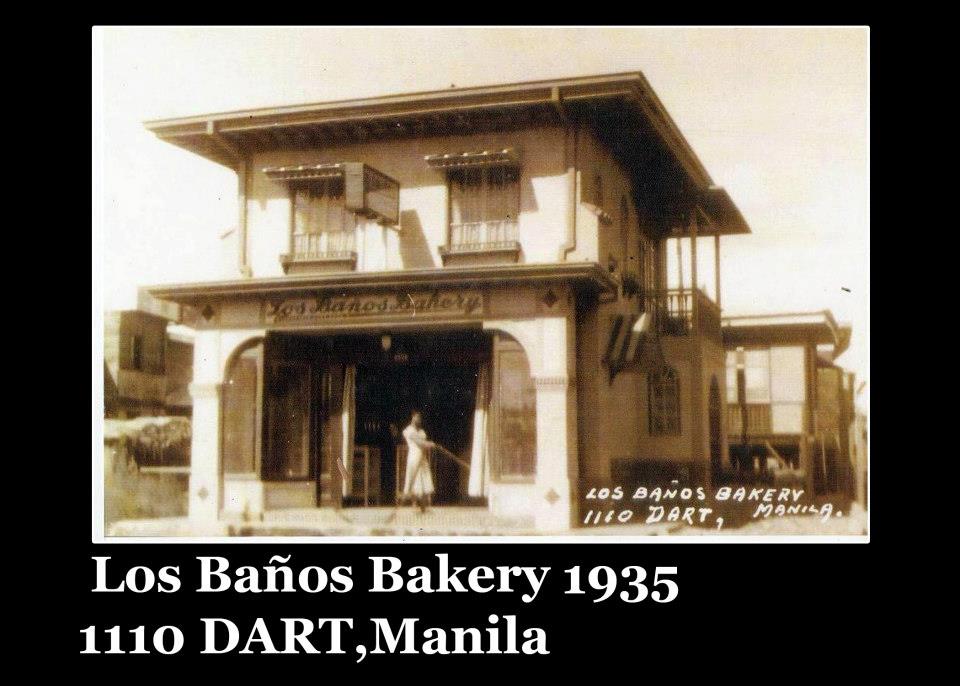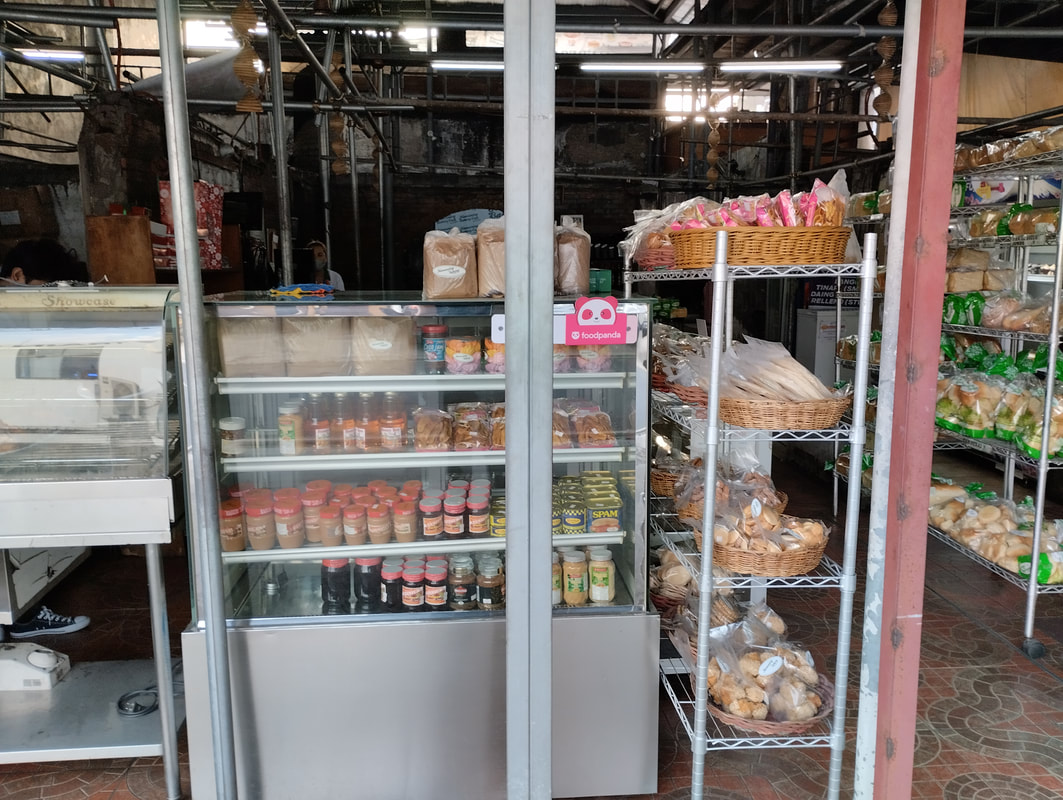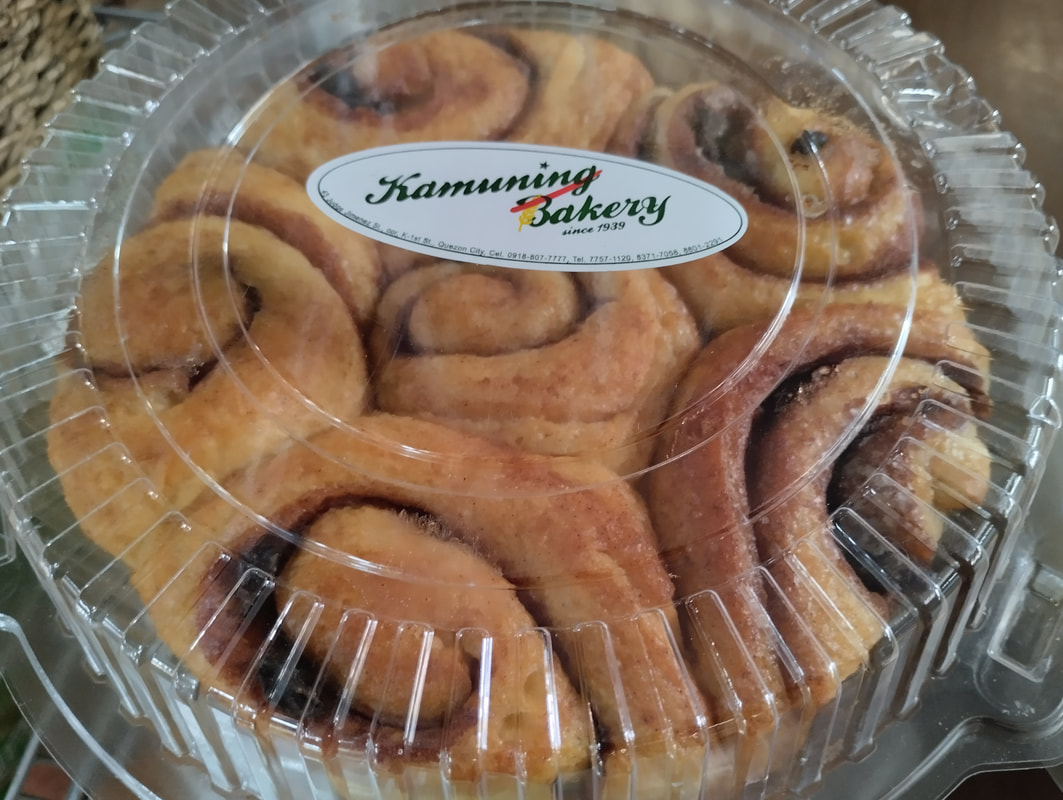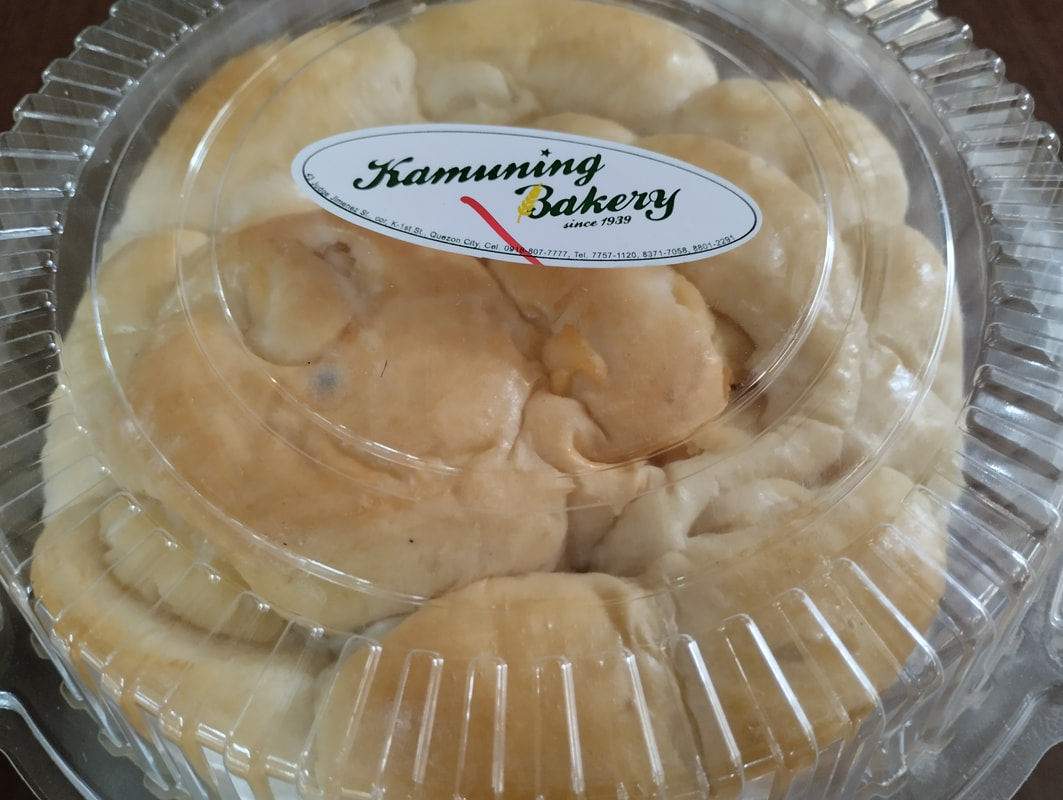But how did this bakery start? Let's find out!
History of Kamuning Bakery
Kamuning Bakery started when, in 1938, spouses Marcelo and Leticia Javier rented the La Suerte Bakery in Paco, Manila, and renamed it Los Baños Bakery. It operated as a branch of Los Baños Bakery, owned by Jovita Bonifacio, the Mother of Leticia.
The couple was newly married and dreamed of getting into a profitable business, which they saw in the Bakery. In less than a year, the dream would be shattered because the Chinese owner sold the property where the bakery was located. Young and inexperienced, they realized they could do nothing because they had no written contract. Undaunted, they looked for a suitable location to transfer to.
They found one in Balut Tondo, Manila, and put up the Los Baños Bakery branch there. It was also to be their residence.
In 1940, Don Alejandro Roces approached his acquaintance Miguel Bonifacio, the husband of Jovita, and convinced him to put up a Bakery in the commercial section of Kamuning in Quezon City. The site offered was K-1st corner K-C (now Judge Jimenez). Son-in-law Marcelo and Daughter Leticia were offered the option to move from Balut to Tondo by Parents Miguel and Jovita.
Kamuning, as was the case with Diliman, was then in the hinterlands to the east of Manila. Don Alejandro Roces was the brains behind the move to develop Quezon City by putting up housing projects and commercial districts in identified areas to spur development.
Marcelo and Leticia saw Kamuning not just as a new frontier but as a vision that would come true because there was both Private and Government support. Except for the commercial lots, the 180-square-meter residential lots had ready-to-occupy houses made of wood materials built over concrete posts. All the housing projects were designated by numbers, such as Project 1, Project 2, and Project 8. They were well planned with Elementary and High Schools, Markets, and Churches. Because of these, the couple saw Kamuning, but instead of naming it Los Baos Bakery as they did in the first two sites, they named it Kamuning Bakery.
Technically, 1940 was the founding date of Kamuning Bakery, and technically, if it were to be based on when they got into the bakery business, it should be 1938, but for reasons the owners did not know, they decided the founding date to be in 1939.
1940 was a significant year for Mother Leticia. It was the year Beth, the eldest, was born. It was also the year she passed the BAR and became a full-time lawyer. It was these two events that made it impossible for her to be in Kamuning to attend a start-up bakery. Grandfather Ambrosio Ison, brother of Jovita, was assigned to manage the Bakery.
The Japanese occupation of the Philippines from 1942 to 1945 brought untold hardship to the country. Kamuning Bakery continued to operate, but when raw materials became scarce, it stopped operations and resumed only after the liberation in 1945. The liberation from the Japanese was a celebrated event for Filipinos. For the Bonifacio and Javier families, it was a time of mourning. Miguel Bonifacio, together with his two sons-in-law, Marcelo Javier and Charles Pollard, were killed in the infamous massacre in Malate, Manila, on February 10, 1945.
Miguel was a Major in the Philippine Scouts, Marcelo was a Lieutenant in the ROTC Hunters Guerrillas, and Charles Pollard was a Captain in the USAFFE. On April 22, 1945, Marcelo Jr. was born.
Kamuning was typical of the lower middle-class suburbs on the periphery of Manila. Being close to JUSMAG (the Joint US Military Advisory Group), there were some American military personnel who lived in Kamuning. JUSMAG was located in Timog, close to where ABS-CBN is now. High-ranking American officers resided in Heroes Hills, a gated village bracketed by West Avenue. and San Francisco Del Monte Avenue. Kamuning to San Francisco Del Monte was a series of hills, which is why the roads are also a series of ups and downs. Some of the level areas were actually flattened when quarrying for adobe was done.
Kamuning Bakery's oven is still the same wood-fired (Pugon) oven built in 1940. Over the years, new product lines have been added and some discarded, but the two mainstays and bestsellers are Pan De Sal and Pan De Suelo (Putok). Pan De Sal in the 1950s was sold for 3 centavos. Putok was 2 for five centavos. The formulation and recipe for all products have been passed on from generation to generation.
Here are some photos from Kamuning Bakery's Facebook Page:
And because of that, I immediately visited it because it was also close to the office. To be honest, I just walked it for less than 30 minutes. I also found out that it burned down in 2018, and there are still traces of the damage it caused to the very old bakery.
